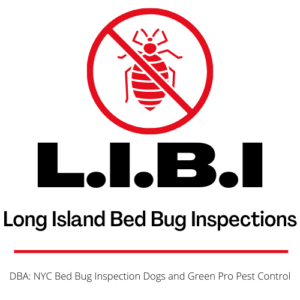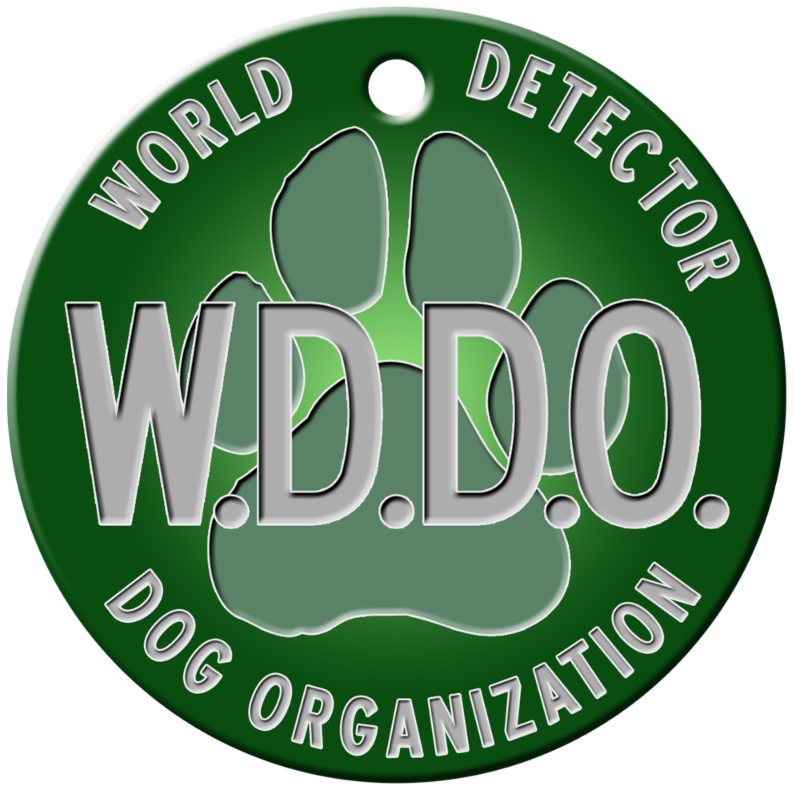Bed bugs remain a significant problem for second hand shops. Goodwill, St. Vincent de Paul, and other charity shops operate by collecting pre-owned clothing and furniture from the public and passing the savings on to their customers. The sales often support charities and provide much-needed funding for charitable causes.
Unfortunately thrift stores don’t always do their due diligence before selling items on to their patrons. And that can often leave buyers vulnerable to exposure to bed bugs. It becomes a case of ‘buyer beware’, and customers need to learn to protect themselves when shopping at thrift stores and charity shops.
But there are some steps you can take when shopping at second hand shops that will help you to avoid bed bugs. These tips can help you prevent an unexpected bed bug infestation.
Thrift Stores and Bed Bugs
Bed bugs are a unique type of pest. Technically parasites, they rely on their hosts for the blood they need to survive. However, unlike other parasites bed bugs don’t live on their hosts. They live amongst their host’s belongings, building their colonies in couches and beds; in dressers and clothes closets.
Typically, when people move their belongings the bed bugs move with them. That’s how these small, but surprisingly, resilient pests manage to find their way into new environments. They basically hitch rides on people’s clothing and on their furniture.
Any time you purchase something from a thrift store or other second hand shop you run the risk of exposing your home to bed bugs. Whatever the item is there is always the chance that it originally came from a home that was infested with bed bugs, and when you take your purchase home you are planting the seed for a fresh bed bug invasion – this time in your own home.
Do Charity Shops Treat Clothes for Bed Bugs?
Goodwill and St. Vincent de Paul may be charity shops but they still need to turn a profit. Like other thrift shops the bottom line gets watched extremely closely and anything that cuts into that bottom line is avoided at all costs. So when clothing or furniture is donated it tends to get priced and put on the showroom floor quickly and with little fanfare. That means items are rarely inspected for bed bug activity and even more rarely treated for infestations.
When it comes to clothing simply washing the items could significantly reduce the risk of spreading bed bugs to customers. However, most charity and thrift shops do not launder their clothing donations before reselling them. These stores recommend that people wash their clothes before donating them to the shops. However, while many charity shops claim to recycle or throw away unwashed clothes it’s unclear how they determine which donations have been laundered and which have not. It’s also unclear if any of these shops do, in fact, inspect or discard any donations.
Does Thrift Shop Furniture Have Bed Bugs?
Bed bugs are most often found in mattresses and bed frames, couches and upholstered chairs, and dressers and end tables. These items, when donated to charity shops or abandoned to thrift stores, tend to be older and well-used articles. That increases the chance that they have been in a bed bug rich environment at some point over the last several years. Also, the mere fact that they have been given away by their previous owners suggests they might be unwanted for a reason.
Like clothing, it is not cost effective for charity shops or thrift stores to inspect and treat every piece of furniture that comes through their door. Donations may get a cursory look-over and a quick wipe down, but a detailed inspection is usually out of the question. Again, these shops will often boast that their merchandise has been thoroughly cleaned and inspected but that is rarely the case. As a buyer it is up to you to take the necessary precautions to avoid bringing any bed bugs into your home.
How to Avoid Bed Bugs at Thrift Stores and Charity Shops
Thrift stores are good way to save money and charity shops not only provide value to their customers they help to fund much-needed charitable organizations. That being said, whenever you make a purchase at a second-hand shop you need to take steps to protect yourself and your family from bed bugs.
The first step is to avoid high-risk items. These include:
- Bed frames
- Mattresses
- Dressers and vanities
- Wardrobes and bedside tables
- Lamps and lampshades
Inspect Your Purchases
You should also always inspect any purchases you do make closely before taking them home. You don’t need any special equipment, but you do need to know what to look for:
- Bed Bugs – These are typically small and brown and should be about the same size as an apple seed. Check out our Guide to Identifying Bed Bugs.
- Bed Bug Casings – As bed bugs grow they shed their outer shells. These will appear dried and curled up.
- Bed Bug Feces – Bed bugs excrete as they feed. They will typically leave trails of feces as they travel through their hiding spaces. Bed bug feces typically look like small dark spots, often mistaken for black ink stains.
- Bed Bug Eggs and Egg Shells – Bed bug eggs are about the size of a pinhead, and are typically laid in clusters.
- Bed Bug Odor – Items that have been infested with bed bugs typically have a musty and slightly sweet odor.
If you spot any of these telltale signs it is probably best to avoid purchasing the item. If you do decide to purchase any of these items it is advisable to carefully inspect them, isolate them from the home and clean them thoroughly. Only when you are sure they are free of bed bugs should you bring them into your home.
When purchasing second hand clothing it should be carefully laundered before introducing it to your home. Washing and drying at high temperatures should be enough to eliminate any stray bed bugs that may have attached themselves to the items.
Prevention is the Key
No one enjoys dealing with a large-scale bed bug infestation. Even with the help of a professional bed bug inspection and removal service it can be costly and time consuming to fully eradicate an infestation. Buying second hand clothing and furniture can be a risky endeavor, putting your home in the crosshairs of a bed bug invasion.
Before you make any purchases at a thrift store or charity shop be sure to thoroughly inspect the items, question the staff about their screening and cleaning procedures, and only when you are certain they are free of bed bugs should you consider bringing anything into your home.
Published by Scott Palatnik
If you believe you’ve brought bed bugs into your home or office, give us a call, we can help!
Now with 2 locations. On Long Island @ 516-619-6149, or in NYC @ 212-299-9186
We are Long Island Bedbug Inspections.
Your Bedbug Inspection, and Elimination solution.


